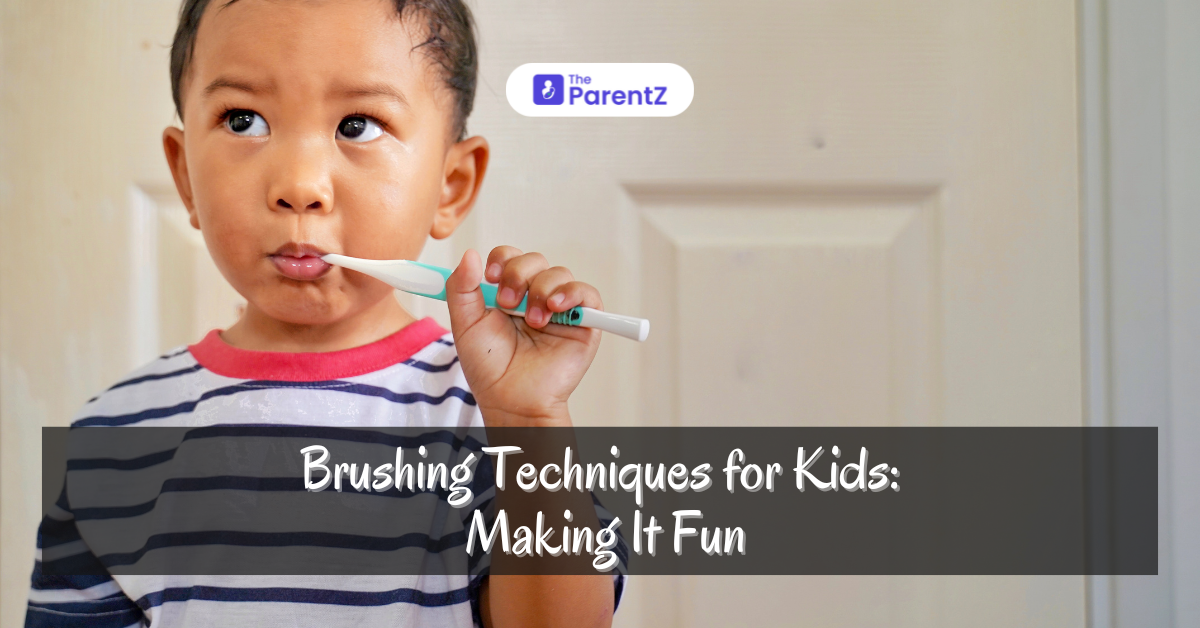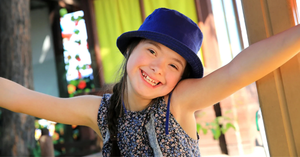Teaching kids proper dental hygiene can be challenging, but turning brushing into a fun and engaging activity can make a significant difference. By introducing creative techniques and choosing the right toothbrush, you can help your child develop lifelong healthy habits. This article will explore fun brushing techniques, the right brush to use, different types of bristles, brushing techniques, and the different parts of a toothbrush.
The Importance of Brushing for Kids
Baby teeth, or primary teeth, play a crucial role in a child’s development. They help with chewing, speaking, and holding space for permanent teeth. Establishing good oral hygiene early on ensures that children maintain healthy teeth and gums as they grow.
Fun Brushing Techniques
1. Make It a Game: Turn brushing into a game by setting a timer for two minutes and challenging your child to brush until the timer goes off. Use apps designed for this purpose, which often include music and characters that encourage kids to brush longer.
2. Brush Along: Brush your teeth together as a family. Children love to mimic their parents, and this sets a positive example.
3. Story Time: Create a story where their toothbrush is a hero fighting off “sugar bugs” or “plaque monsters.” This imaginative play can make brushing more engaging.
4. Use Rewards: Create a reward chart for consistent brushing. Stickers, small toys, or extra playtime can be motivating rewards.
5. Sing a Song: Sing a fun brushing song or play their favorite tune while they brush. The music can help them keep track of time and make the experience enjoyable.
Choosing the Right Toothbrush
The right toothbrush is essential for effective brushing. Consider the following factors:
1. Size: The toothbrush should fit comfortably in the child’s mouth, allowing them to reach all areas easily. For younger children, a smaller brush head is ideal.
2. Handle: A toothbrush with a non-slip grip and an easy-to-hold handle is perfect for small hands.
3. Bristles: Choose soft bristles to protect their delicate gums and enamel. Hard bristles can cause abrasion and discomfort.
Types of Bristles
1. Soft Bristles: Recommended for children as they are gentle on the gums and teeth. They effectively clean without causing damage.
2. Medium Bristles: Suitable for older children and adults with healthy gums. They provide a thorough clean but can be too harsh for young kids.
3. Hard Bristles: Generally not recommended for children as they can wear down enamel and irritate gums.
Parts of a Toothbrush
Understanding the different parts of a toothbrush can help in selecting the right one and using it properly:
1. Head: The head is the part of the toothbrush that holds the bristles. It should be small enough to maneuver around the mouth but large enough to clean effectively.
2. Bristles: The bristles do the actual cleaning. As mentioned, soft bristles are best for children. They come in various patterns, such as straight, wavy, or crisscross, to enhance cleaning.
3. Handle: The handle is the part you hold. It should be comfortable and easy to grip, especially for small hands. Some handles are ergonomically designed to make brushing easier for kids.
4. Neck: The neck connects the head to the handle. A flexible neck can help reach the back teeth more easily.
5. Tongue Cleaner: Some toothbrushes come with a tongue cleaner on the back of the head. This feature helps clean the tongue, removing bacteria and freshening breath.
Brushing Techniques
Teaching kids the right brushing techniques is essential for effective dental hygiene. Here are some commonly recommended techniques and the best one for children:
1. Circular Method: This involves brushing in small, gentle circles on each tooth. It helps ensure that all surfaces of the teeth are cleaned thoroughly. This method is easy for kids to learn and is effective in removing plaque.
2. Horizontal Scrub: This is a straightforward technique where the brush moves back and forth across the teeth. While easy, it can miss areas between teeth and along the gumline.
3. Fones Technique: A simplified version of the circular method, the Fones technique involves making large, circular motions across the teeth and gums. This method is particularly good for young children as it is easy to understand and perform.
4. Bass Technique: This method involves angling the toothbrush at 45 degrees to the gumline and making small back-and-forth strokes. It is effective for cleaning below the gumline but can be challenging for young children to master.
Best Technique for Children
For children, the Fones Technique is often recommended due to its simplicity and effectiveness. Here’s how to teach it:
1. Start with the Outer Surfaces: Have your child place the toothbrush against their teeth and make large, circular motions to cover the outer surfaces.
2. Move to the Inner Surfaces: Repeat the same circular motions on the inner surfaces of the teeth.
3. Brush the Chewing Surfaces: Use back-and-forth motions to clean the chewing surfaces of the teeth.
4. Finish with the Tongue: Encourage your child to gently brush their tongue to remove bacteria and freshen their breath.
Conclusion
Making brushing a fun and engaging activity can help instill good dental hygiene habits in children. By choosing the right toothbrush, understanding the different types of bristles, knowing the parts of a toothbrush, and teaching the right brushing techniques, you can ensure your child maintains healthy teeth and gums. Encourage your kids to brush twice a day and visit the dentist regularly for a lifetime of healthy smiles.








Be the first one to comment on this story.